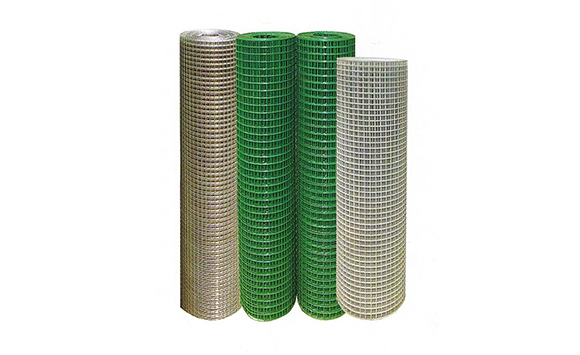
- Mobile Phone
- +8613931874955
- sales@cntcmetal.com
Creating a Secure Barrier for Livestock Protection and Management
The Importance of Cattle Fencing in Modern Agriculture
Cattle farming is a significant component of the agricultural sector, contributing to food production and economic stability in many regions. A critical element of maintaining a successful cattle operation is the effective use of fencing, which serves as a barrier to manage the movement of livestock, protect the animals from predators, and ensure the safety of the surrounding environment. This article delves into the importance of cattle fencing, various types of fencing materials, and best practices for installation and maintenance.
The Role of Cattle Fencing
Cattle fences play multiple roles that are essential for the well-being of both the animals and the farm ecosystem. First and foremost, they keep livestock contained within designated grazing areas, which helps prevent them from wandering into hazardous areas or neighboring properties. By controlling the grazing patterns of cattle, farmers can better manage pasture health and promote sustainable land use.
Moreover, fencing helps protect crops from cattle damage while also shielding cattle from external threats, such as wild animals or stray pets. In regions where predators like coyotes or wolves are prevalent, robust fencing can provide a necessary layer of security for livestock. Furthermore, well-constructed fences can reduce the risks of cattle escaping, which can lead to road accidents or livestock losses, thereby ensuring a safer environment for both animals and humans.
Types of Cattle Fencing
When it comes to selecting fencing for cattle, farmers have a variety of options to consider. The most common types include barbed wire, woven wire, and electric fencing, each with its own advantages and disadvantages.
cattle fence

1. Barbed Wire Fencing This traditional method is often used due to its low cost and effectiveness. Barbed wire consists of wire strands with sharp barbs that deter cattle from pushing against them. However, it can pose risks of injury to the animals, requiring careful installation and regular inspection to prevent entanglements.
2. Woven Wire Fencing This type provides a more secure barrier and is safer for cattle. Woven wire is made from vertical and horizontal wire strands that create a grid, allowing it to withstand cattle pressure. It's particularly useful for areas where livestock may be prone to escape, as it can effectively contain them without the sharp hazards of barbed wire.
3. Electric Fencing Increasingly popular due to its effectiveness and versatility, electric fencing delivers a mild shock to animals that attempt to breach the barrier. This not only deters them but can also be used to create temporary pastures or control the grazing rotation. However, electric fencing requires a source of power and regular maintenance to ensure it remains functional.
Best Practices for Installation and Maintenance
Successfully installing and maintaining cattle fencing is crucial for its long-term effectiveness. Farmers should begin by assessing the layout of the land and determining the type of fence best suited to their needs. Proper spacing between posts, appropriate height, and the use of quality materials will contribute to durability and effectiveness.
Regular inspections are necessary to ensure that the fence remains in good condition. This includes checking for loose wire, damaged posts, or areas where animals might breach the fence. Prompt repairs can prevent potential escapes and maintain the integrity of the grazing system.
In conclusion, cattle fencing is an indispensable tool in modern farming practices. It safeguards both livestock and the surrounding environment while promoting sustainable agricultural practices. By understanding the various types of fencing available and adhering to best practices for installation and maintenance, farmers can ensure that their cattle operations remain productive and secure. As the agricultural industry continues to evolve, the importance of effective fencing remains paramount in safeguarding the future of cattle farming.
share:
-
Understanding Wall Ties: Types and ImportanceNewsApr.28,2025
-
Top Products for Your Yard and Signage NeedsNewsApr.28,2025
-
The World of SpringsNewsApr.28,2025
-
Masonry Accessories: Essential for Building Strong FoundationsNewsApr.28,2025
-
Fencing Solutions for Every NeedNewsApr.28,2025
-
A Comprehensive Guide to Iron Wire for Your Construction NeedsNewsApr.28,2025
-
The Versatility of Wire Tension SpringsNewsApr.16,2025



















